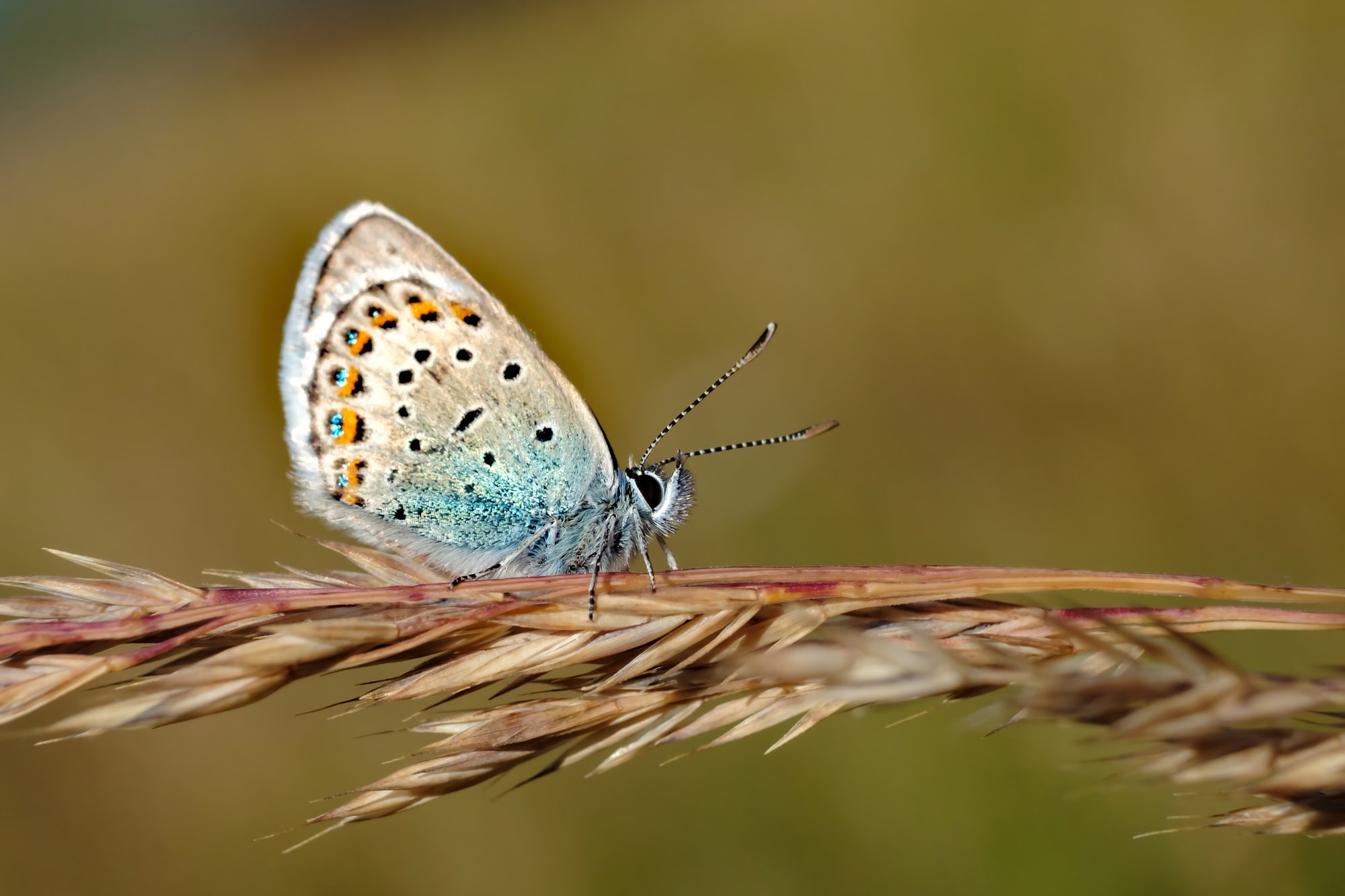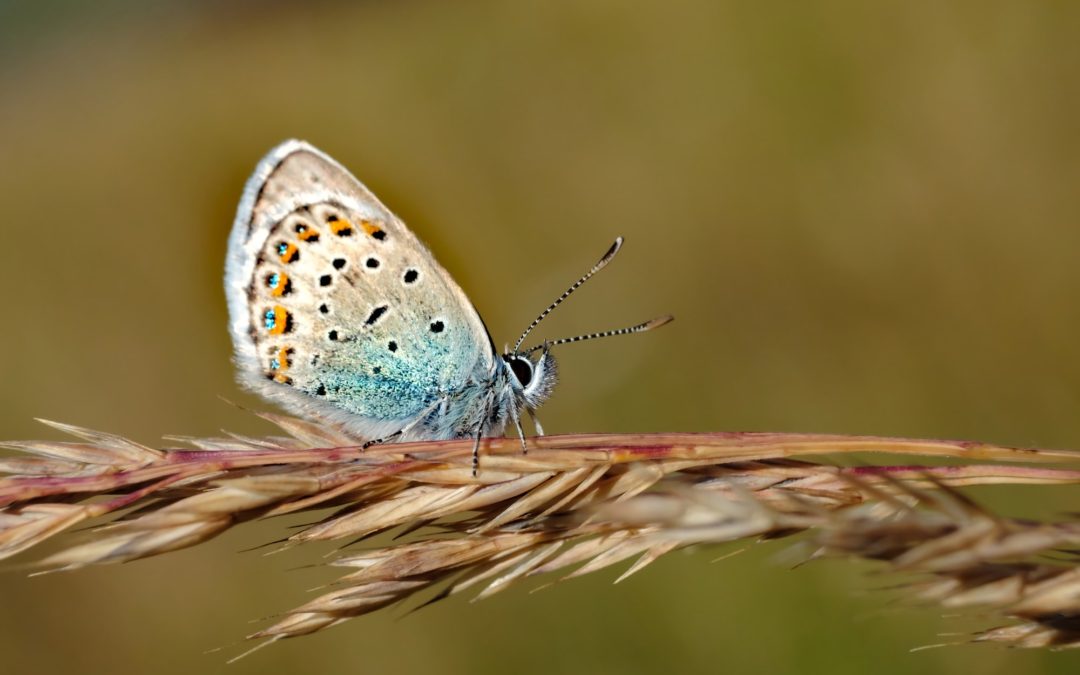
One of the biggest conservation programs for insects has made it possible for the “Large Blue” to make a comeback in south west England. The butterfly was declared extinct in 1979.
Dedicated long-term work with population samples from Sweden has paid off greatly. This summer 750 butterflies hatched in the wild and have been confirmed laying eggs, which makes this conservation program a huge success.
England’s biologists are known for their pride towards and contact with nature on the island and it only took them five years before they succeeded in bringing back the Phengaris arion or Large Blue as it’s called. According to CNN experts released 1100 larvae in Rodborough Common, Gloucestershire, south west England, last summer. This summer 750 butterflies have been spotted (they can’t be mixed up with other butterflies thanks to the black spots on their upper wings).
Before freeing the larvae, the release sites were prepared for 5 years. The key to the project’s success was the local red ants, who are crucial to the butterflies’ life cycle. David Simcox, research ecologist, said in an interview “In the summer when the ants are out foraging, nature performs a very neat trick — the ants are deceived into thinking that the parasitic larva of the large blue is one of their own and carry it to their nest”. At this point the larvae go from herbivores to carnivores. The caterpillars eat the ant grubs during the autumn and spring before pupating and hatch the next summer. To optimise the conditions even ore in order to make sure the project was a success, the experts adapted the cattle grazing and controlled the scrub cover to make it easier for wild thyme to grow. The plant is an immense source of food and an important egg laying habitat for the butterflies.
Because the Large Blue is a pollinator, the butterfly’s readjustment shows promising signs for biodiversity, not just in England but for the entire world.





